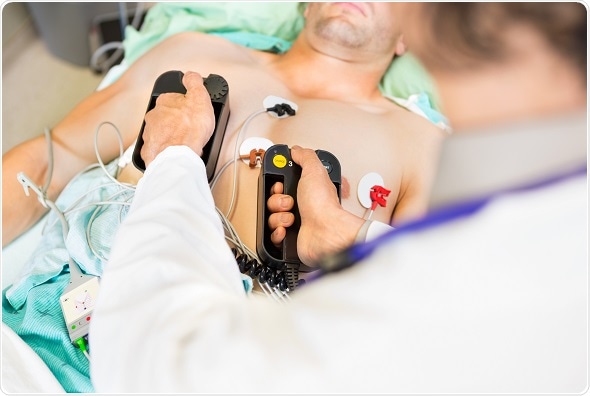New international study shows that LDL-cholesterol is unable to predict future cardiovascular events and fails to identify those coronary heart disease patients who are at the highest risk and who would benefit most from additional attention and preventive action.

Cardiovascular diseases are the leading cause of death worldwide. In 2015, coronary heart disease affected 110 million people and resulted in 8.9 million deaths. Common belief is that coronary heart disease (CHD) patients are at an equally high risk for cardiovascular events such as heart attack. The newly published study showed that there is a substantial variability in the risk of future cardiovascular events in CHD patients.
It is common to assume that all CHD patients have an equivalent cardiovascular risk, but according to this study this seems not to be the case. For instance, the 10-year cardiovascular death risk of a CHD patient may vary from 5% to over 20%.”
Reijo Laaksonen, Chief Medical Officer for Zora Biosciences
The high-risk patients are not well identified with current clinical markers. For instance, widely used LDL-cholesterol was not able to identify those CHD patients who were at the highest risk of cardiovascular death or myocardial infarction.
Cardiovascular diseases take a heavy toll on the healthcare systems and the economy. It is fair to assume that the high-risk patients are main drivers of this high cost. Cardiovascular diseases are mostly preventable. Therefore, more accurate identification of persons at the highest risk and directing preventive actions and resources to those, could help in reducing health care costs, morbidity and mortality.
A Finnish diagnostic company, Zora Biosciences Oy, has developed a diagnostic test, CERT (Cardiovascular Event Risk Test) that identifies the risk of heart attack more accurately than LDL-cholesterol or LDL-cholesterol based measurements. CERT enables patient stratification into risk groups more accurately than the currently used lipid tests, and provides an enhanced tool for capturing the risk.
CERT, and its latest version CERT2, is a blood test that measures ceramide lipids by mass spectrometry. Plasma ceramides represent the next generation of clinical predictors for adverse cardiovascular events resulting from unstable atherosclerotic plaques. Ceramides are bioactive lipids that play a central role in cell membrane integrity, cellular stress response, inflammation, and cell death.
Laboratory tests such as CERT2 may offer an advantage over classical risk calculators in terms of their reliability, ease of use and predictive power. Therefore, for those willing to invest in prevention, CERT2 provides an efficient tool for focusing resources where most appropriate, namely, the CHD high-risk patients.
The research is published in the highest ranking cardiovascular journal, the European Heart Journal (https://doi.org/10.1093/eurheartj/ehz387), a 10 000 coronary heart disease (CHD) patient study showing the prognostic performance of CERT in comparison to standard laboratory measurements.